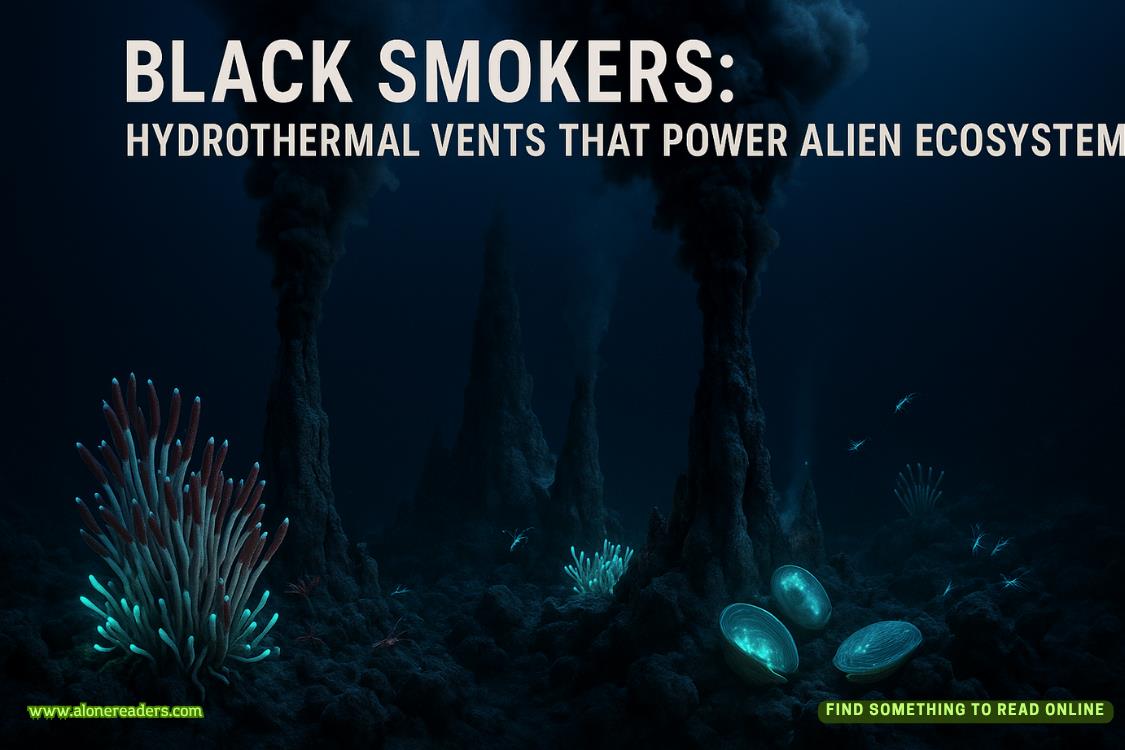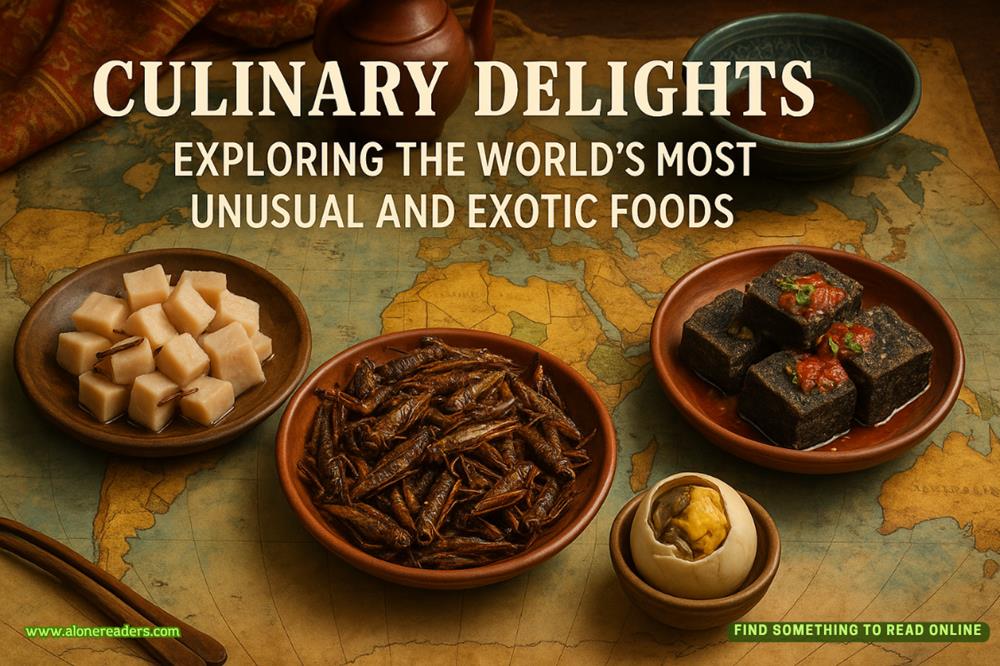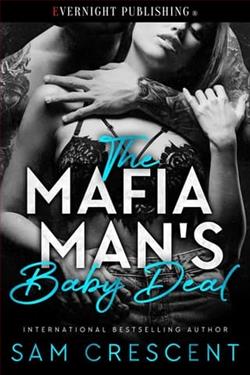Page 15 of Blush
“Vivian, listen to me. Itishappening. Our sales have been flat for years. We’re losing money. The best we can hope for this summer is to make the winery seem as appealing as possible to buyers.”
What? That didn’t make sense.
“If someone else can buy it and turn things around, why can’t we just fix whatever isn’t working ourselves?”
“Because any fix will take time. The money has run out. What we need is a buyer who is in a position to lose money for a few years. Who wants the winery for the fun of it, for the cachet. We don’t have that luxury.”
“So we find someone to buy the winery while we just sit around the house watching our legacy from afar? That doesn’t sound realistic.”
His expression softened as he looked at her. “No, I’m afraid it’s not. I’m sorry, Vivian, but we’re selling this house, too.”
Nine
The first thing Sadie always noticed when she walked into the winery was the smell of sugar and alcohol. It was as if the aroma had seeped into the pores of the wood, and the building breathed it out.
It was a wide-open and welcoming space, with vaulted ceilings, shelves and shelves of bottles, and plenty of room for customers to relax and enjoy themselves. Jazz music played on the sound system. In the tasting room, couples sipped glasses of the new Hollander vintage while sitting at the steel-topped bar. Ceiling fans whirled gently overhead, and the sound of popping corks filled the air.
One of the quirkiest things about the Hollander estate was the aesthetic difference between the winery and her grandparents’ home. The winery building was a simple, elegant farmhouse—functional and subtly chic. But their house was like something out of Versailles. She’d never known which style truly represented her grandparents. Maybe the hidden journal she’d discovered would give her some insight into her grandmother.
She’d been trying to work in the library again, thinking about the journal and whether she had any reasonable right to read more of it, when her mother called her to come help with bottling.
“Gran invited us to label the new Cabernet,” Leah said. Sadie was relieved for the excuse to abandon the pretense of writing. She coulduse a distraction. She’d considered, briefly, telling her mother about her discovery of the book club journal, but she hesitated to admit her snooping.
She was happy to help in the bottling room. At this point, she needed a distraction from her distraction!
Sadie passed stairs that led to the second-floor mezzanine—a comfy space with armchairs, a fireplace, and wide windows with views of the vineyard—and headed to a door markedDo Not Enter. She opened it, walking into a cavernous space that held three hundred oak barrels, all imported from France. The bottling room, just off to one side of the barrels, had floor-to-ceiling windows so the elaborate machinery could be viewed in action. She remembered when her grandparents had traveled to Italy to learn how to use the equipment that enabled them to pack a thousand cases a day.
Her mother was already inside wearing protective goggles.
“We’re just waiting for Gran,” she said.
One of the assistant winemakers waved them into the room.
“Mrs. Hollander sent a message to start without her.” He handed them both a pair of sound-canceling, protective headphones. “We’re doing the Petit Verdot today.”
The bottling machinery took up most of the space in the glass-enclosed room. It was a conveyer belt that filled, labeled, and corked the bottles of wine. The area around the machine was cluttered with giant plastic bags filled with corks, reams of labels, boxes of empty wine bottles, and white cardboard cases that would be filled with the finished bottles and taken out the back door by forklift. It was a mostly automated process, but it still took a few people on the line to feed those items through the system.
“Sadie, I’m putting you in charge of corks,” the man said, motioning for her to stand near the cluster of bags.
“Okay,” she said, dutifully putting on her headphones. The senior winemaker, Chris Kessler, materialized next to her and jotted something down in a marble notebook. Sadie glanced at the pages, readingChris’s notes about pH levels and other numerical calculations she didn’t understand, with a few comments like “no sugar addition” and “topped everything in house.” There was something uniquely compelling about winemaking. It was the magical combination of art and science. She had conveyed her appreciation once to her mother, and her mother had responded, “It’s in your blood.”
“So why did you decide not to work at the winery?” Sadie had asked. The question had been posed many years earlier. She was still waiting for an answer.
Her mother positioned herself at the end of the line, helping with the cardboard boxes. The booming apparatus was turned on, and Sadie began feeding the corks into the machine. Each bottle closure was accompanied by suction and a loud sealing sound. It was rhythmic and, now that she was committed to the activity, almost relaxing.
“Stop, stop, stop whatever you are doing!”
Her grandmother rushed into the room, waving her arms wildly. Someone hit the switch, and the machinery ground to a halt. Sadie removed her ear protectors to find out what was going on.
“Is there a problem, Mrs. Hollander?” the winemaker asked.
“Who approved these labels?” Vivian said.
The labels featured swathes of red, green, yellow, and black, like an abstract expressionist painting. The winemakers looked at one another.
“Asher,” said Chris.
Vivian marched over to the rear of the room, where a shelf was filled with empty bottles that represented each of the winery’s varietals, each marked “height standard” in black Sharpie to make sure they were filled uniformly. She grabbed the Petit Verdot bottle with the classic Hollander label in soft eggshell with simple blue lettering and walked it over to the winemaker, waving it.















